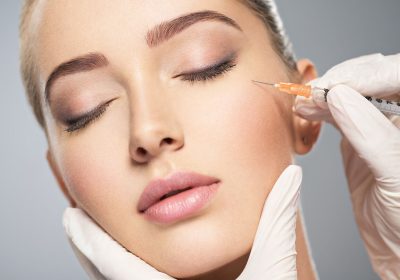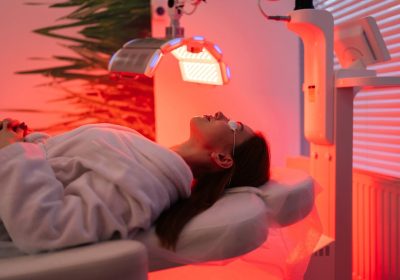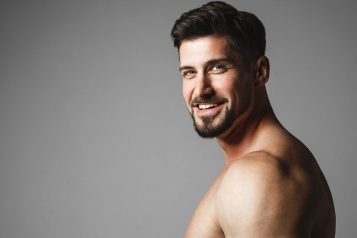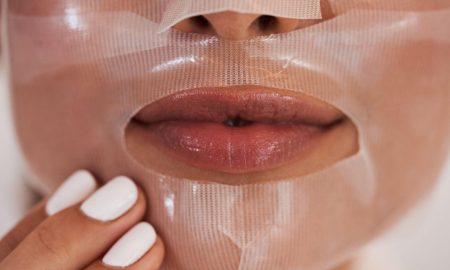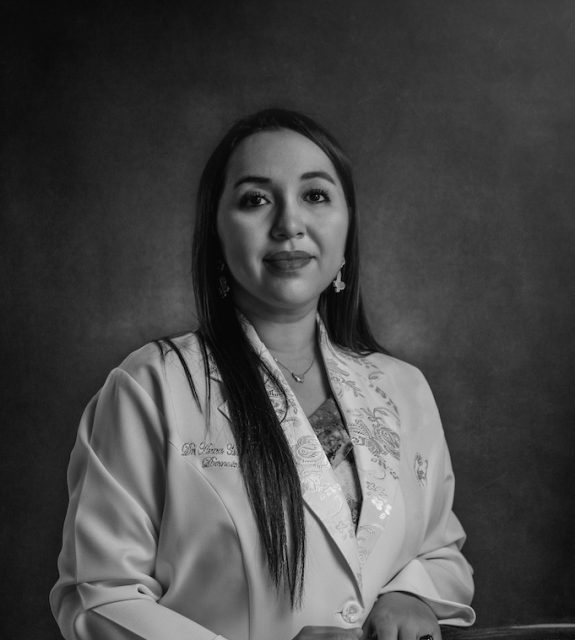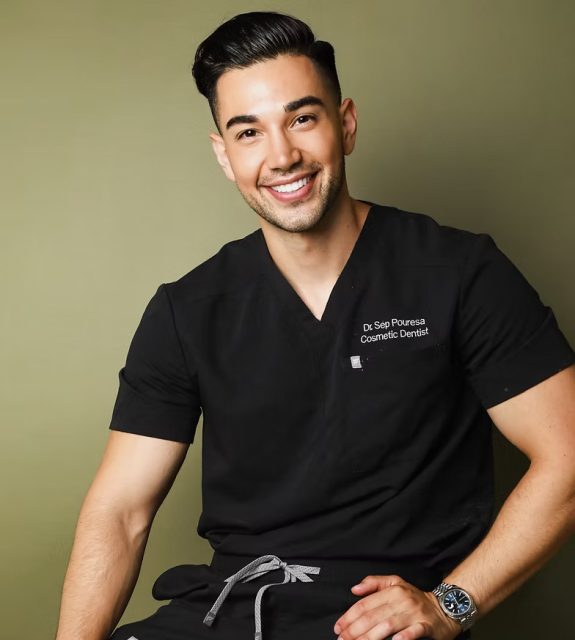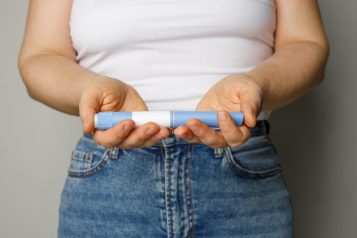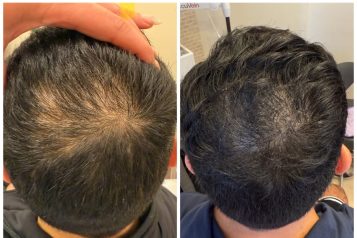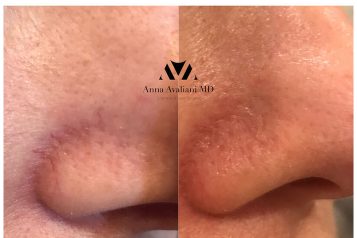Breast capsular contracture is an overactive scar formation response by the body. When a breast implant is placed, the body naturally forms a “capsule,” or a thin layer of scar tissue, around the implant. Normally, this capsule is soft and pliable, making it unnoticeable. However, when the capsule becomes thickened or starts to tighten, it results in capsular contracture. This condition can cause the breast implant to feel firm, appear rounder on the chest, and even shift position. In severe cases, it can become painful. It's important to note that capsular contracture is not harmful to health, although it can be uncomfortable and aesthetically displeasing.
 Photo Credit: Courtesy of Pixel-Shot/Shutterstock
Photo Credit: Courtesy of Pixel-Shot/Shutterstock
Causes of Capsular Contracture
While the exact causes of capsular contracture are not fully understood, several factors are known to increase the risk:
- Bleeding around the implant (hematoma)
- Infection
- Implant rupture
There are also instances where capsular contracture occurs without any clear reason. Ongoing research aims to better understand this condition and identify additional risk factors.
Non-Surgical Treatments
Historically, some surgeons attempted to treat capsular contracture by physically "cracking" the capsule through firm pressure on the breast. This method was uncomfortable, could cause bleeding and bruising, and risked damaging the implant. It is no longer recommended.
A more advanced non-surgical treatment available today is the ASPEN System ultrasound machine. This device uses ultrasound waves to soften and stretch the breast capsule over time. The treatment involves 10 painless ultrasound sessions in the office and two months of massage therapy. The ASPEN System has proven highly effective, allowing many patients to avoid surgery.
Additionally, some oral medications, such as Singulair, have shown promise in softening capsular contracture. However, these medications are not always reliable or effective and are typically part of a broader non-surgical treatment protocol.
Surgical Options
For more severe cases, surgical intervention may be necessary. The primary surgical treatment is implant exchange and capsulectomy, which involves removing the existing implant and as much of the capsule as safely possible, and replacing it with a new implant. In patients with a history of recurrent capsular contracture, a piece of mesh called an acellular dermal matrix may be added around the implant to decrease the likelihood of recurrence.
Determining Candidacy for Treatment
Non-surgical treatment with the ASPEN System is suitable for patients with mild or recently discovered contracture. However, this treatment requires significant time and effort from the patient over a two-month period, which may not be feasible for everyone. Severe, painful, or calcified contractures typically require surgical correction. While surgery can correct most capsular contractures, there is always a risk of recurrence. In rare cases, removing the implants entirely may be necessary.
Follow-Up Care
Proper post-operative care is crucial. Patients should follow their surgeon’s post-op protocols and attend follow-up appointments at 1-2 weeks, 1 month, 3 months, 6 months, and annually. Post-op implant massage or prophylactic ASPEN System therapy may be recommended for high-risk patients to treat the capsule as it forms after surgery. Patients can usually resume exercise and strenuous activity after four weeks. Continuous monitoring of the implants for any signs of recurrent capsular contracture is essential.
While breast capsular contracture can be a challenging condition, understanding its causes, treatment options, and necessary follow-up care can help manage and mitigate its effects. Whether opting for non-surgical methods like the ASPEN System or surgical interventions, patients have multiple avenues to explore in addressing this condition. Consult with Dr. Josh Waltzman to determine the best approach for your specific needs and circumstances.
For more information, visit Dr. Josh Waltzman's social media:


